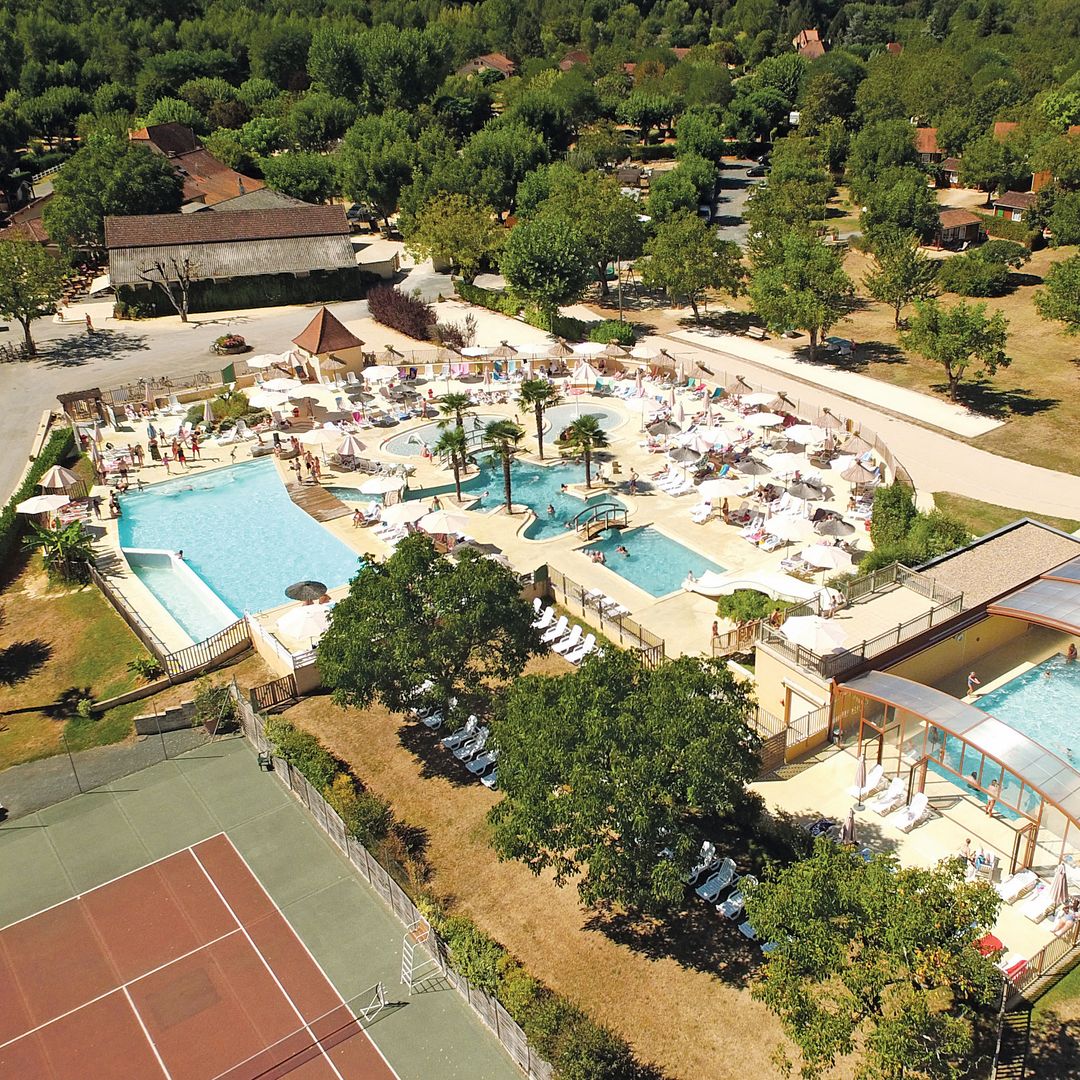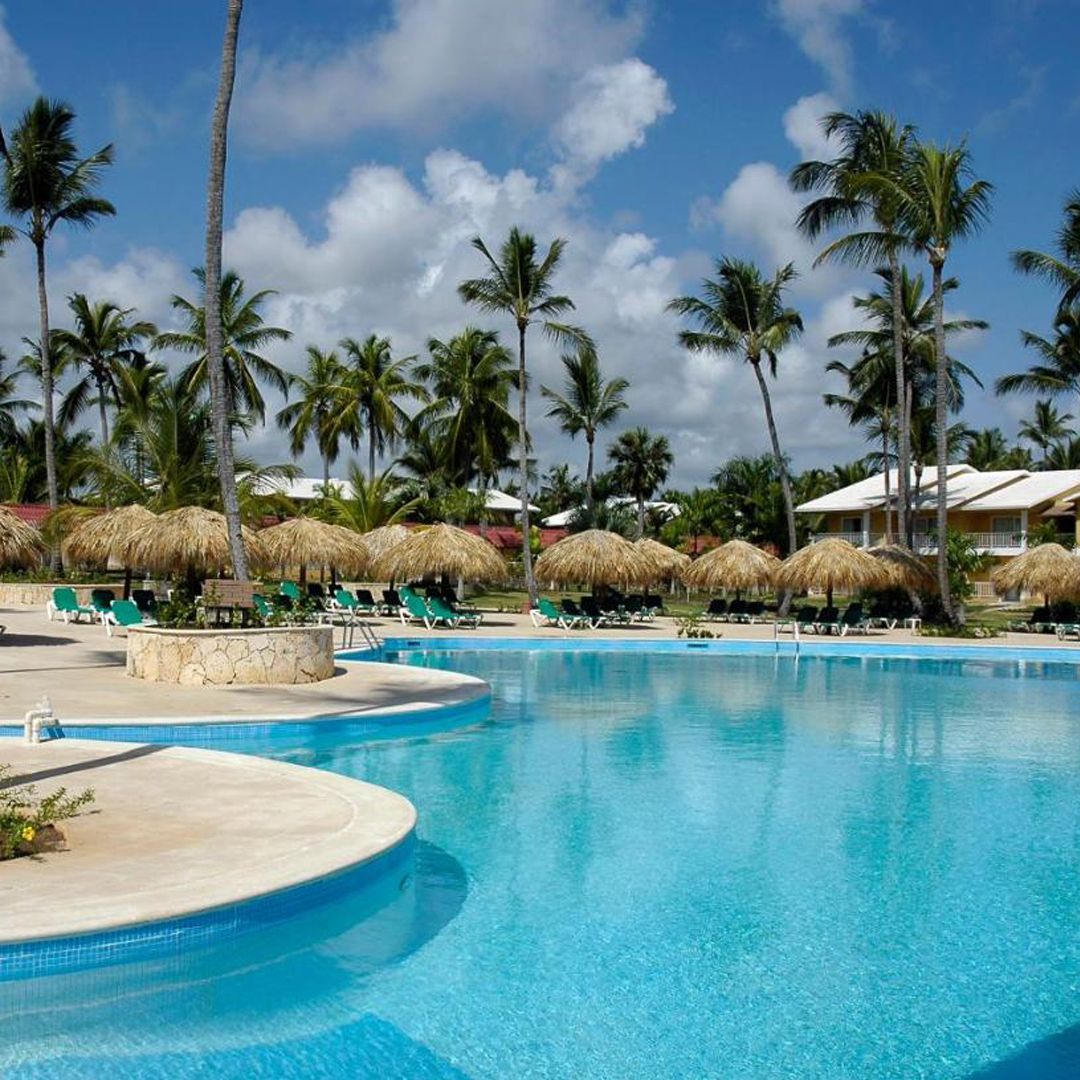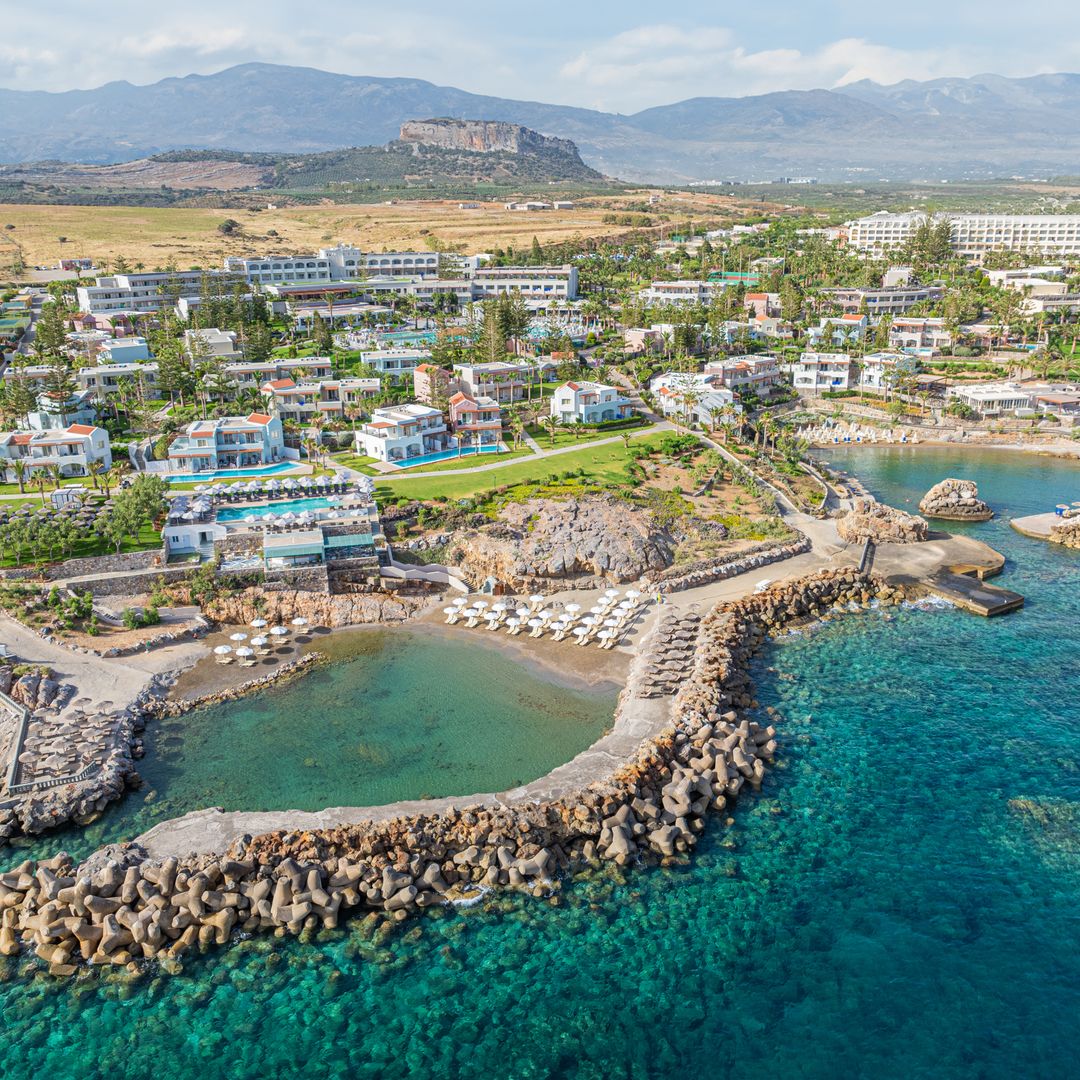Even officials in Brussels are fans of the Neapolitan speciality: it's just over a year since the European Union awarded the dish the status of 'Traditional Speciality Guaranteed'. But, despite it being possibly the most widely recognised international snack, if you haven't been to Italy – and to Naples in particular – you probably haven't ever tasted the delights of a genuine pizza Napoletana.
The dish has a long and honourable pedigree with historians agreeing that something akin to pizza dough was being cooked by the Etruscans over 3,000 years ago. The first true pizzerias started to emerge in Naples back in the eighteenth century. This is when such icons as pizza marinara and pizza Margherita were developed; the latter including the three colours of the Italian flag – red (tomato), white (mozzarella), and green (basil) – was served to Queen Margherita of Savoy, which is where it got its name.
In the production of a true Neapolitan pizza, the details matter: the dough must have rested for at least six hours; it must be formed by hand and the diameter, thickness and weight must all be correct; it must be cooked in a wood-fire stone oven... and we haven't even got to the actual ingredients yet! The Neapolitans take their pizza seriously, and the best way to understand why is to try it for yourself in one of the city's traditional pizzerias.
Pizzeria Brandi, where Raffaele Esposito invented the Margherita pizza in honour of the Queen's visit, dates from 1780, and business is booming. The even older, Port'Alba (1783), at number 18, Via Port'Alba, continues to use recipes from yesteryear. Other pizzerias with pedigree include and Da Michele,(1870) and the relative newcomer Di Matteo (1936). True, you'll find queues for the few tables, especially at weekends, but the joy of pizza includes its portability and there's always the option of taking the pizza away to eat, as many of the locals do.
Even with an estimated 10,000 pizzerias in the city, it's rare to find a bad one. But to be on the safe side you should keep an eye out for the symbol of Associazione Verace Pizza Napoletana – a circular black disc with a red white and green illustration of a pizza maker with the traditional pizza shovel. You can be sure then, that in this establishment, the guidelines for true pizza napoletana are being upheld.
Of course, tourists can't live on pizza alone, and the vibrant city of Naples has much more to offer. The number of pizzerias is rivalled only by the number of beautiful churches and street shrines that dot the streets alongside palaces and fortresses. Then there are traditional squares and piazzas, with music and markets, the locals dodging around on their mopeds and the pure picturesque charm of old-fashioned facades where washing is hung to dry in the sunshine.
If you find the hustle and bustle a bit much, you can always look for respite with an escape to the heights of Mount Vesuvius or, some 25 kilometres away, seek the serenity of the awe-inspiring ruins of Pompeii, left frozen in time by the volcanic eruption in August, 79 AD.
THE PRACTICALITIES
Getting Around
As in other Italian cities, the traffic in Naples is crazy. It's best to forget about driving yourself and take a taxi. In the historic central district, you can get about perfectly well on foot. The Artecard rechargeable travel and pass card includes public transport as well as reduced-price access to some monuments.
Where to stay
If you are looking for a classic, there's the Grand Hotel Vesuvio, or the Excelsior whose rooms overlooking the bay of Naples have welcomed such greats as Alfred Hitchcock, Maria Callas and Rita Hayworth. And for the ultimate in modern luxury design there's the recently opened Hotel Romeo.








